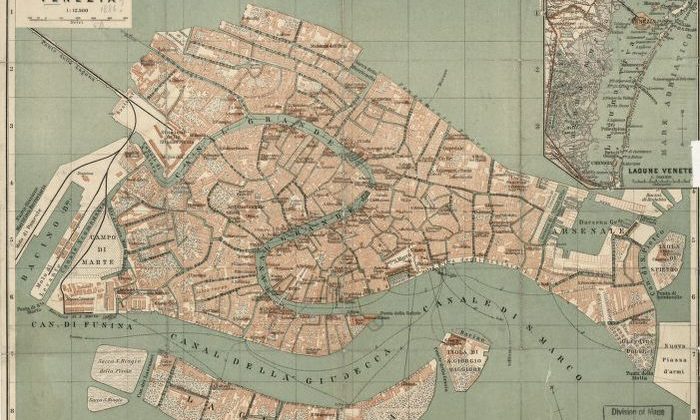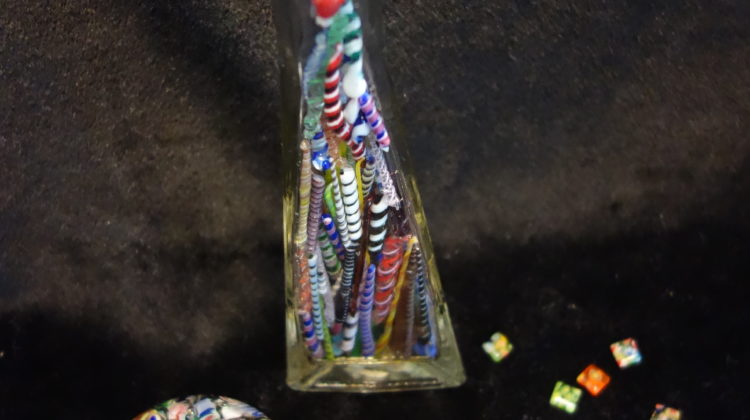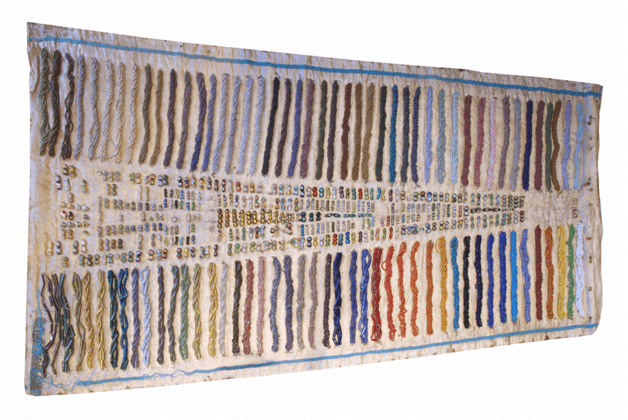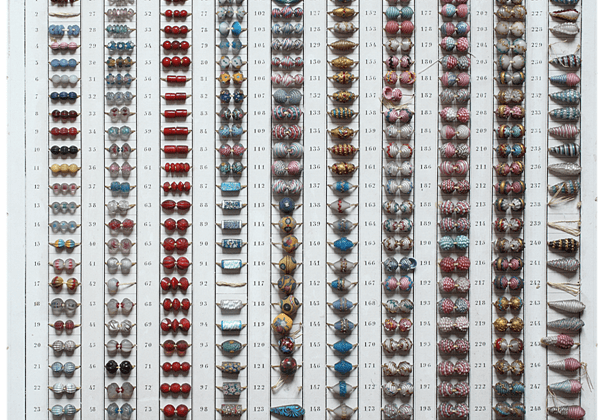
Wagner & Debes. Venezia. [Leipzig: Geograph. Anstalt v. Wagner & Debes, ?, 1886] Map. Retrieved from the Library of Congress, <www.loc.gov/item/2001620482/>
If we knew what it was we were doing , it would not be called research, would it? Albert Einstein
Whoever Said There Were?
Well, a number of people tell us about early Venetian marbles, and some refer directly to the 9th century. For example:
“Glass marbles are thought to have been some of the many glass objects made in ninth century Venice, but it is not until the late middle ages that the playing of marbles games is again documented. It appears that by then marbles were known throughout Europe. A manuscript from the fifteenth century refers to ‘little balls with which schoolboys played’”. iMarbles [i] (Italics added).
“Glass marbles are thought to have been some of the many glass objects made in ninth century Venice…” The Museum of North Texas History[ii]
“But there’s also some evidence that early marbles were crafted in England, and in Venice, Italy, so the winner of the ‘First Handmade Glass Marble’ contest isn’t crystal clear.” History of Marbles (Italics added).[iii]
“Glass marbles were made in Venice, Italy, and later, around 1800, china and crockery marbles were introduced.” Historical Folk Toys, LLC (Italics added).[iv]
“Sometimes I’ve believed as many as six impossible things before breakfast.” – Lewis Carroll
After reading these and other sources in depth, we. . .
. . . honestly believed that there was such a thing as a ninth century Venetian glass marble. We knew that should there be such a marble then it was made in Venice rather than in Murano because the glass makers were not moved to that island until 1291.
We have read that this move was principally because of the risk of fire in the City. If you visit Venice then you quickly gain a healthy respect for such reasoning. Murano is a series of islands in the lagoon about one mile north of the City. In the 13th century Venice was largely made of wood and it was overcrowded even then.
Certainly, the risk of fire was a major concern, but we also know that there were both legal and political reasons for the move.
So, how could there not be historic glass marbles in Venice? Even if they were never produced in vast quantities, like in Germany in the 19th century, then they must have been made end of day by glass workers and given to their children.
We searched for them online in galleries in glass museums in Murano, Venice, London, and in Portugal. Odd. There are none.
Back to Murano
We asked Mauro Stocco at the Murano Glass Museum about 9th century glass marbles. He emailed this: “False gems made of colored glass, called veriselli, andbeads for necklaces or for rosaries, called paternostri , were produced in Venice since the XIII century.
They were realized by gathering softened glass around a metal core, working over a lamp. Indeed. These small beads were not blown and perhaps they were also used as marbles.
We have no evidence that toy glass marbles were produced in Venice in the 9th century. Anyway, it would be really interesting for us to deepen the topic…”[v]

An Assortment of Venetian Glass Items
So the references to 9th century Venetian glass marbles must have originally been a reference to glass making and not to marbles. “The first documented record of Venetian glass production dates back to 982 and references a Master phial and bottle maker named Dominicus Phiolarius. …Pre-dating this documentary evidence, by some 450 years, archaeological discoveries made in the 1960s suggest the presence of glass workers and furnaces in the Venetian lagoon, centered around the island of Torcello and also Aquileia on the mainland….”[vi]
Beads were made very early in Venice, but they were generally underappreciated and overloked at the time. We know that glass beads were made in Murano by at least the end of the 13th century.


Marbles and Venetian Beads along The Silk Route
In Chapter 8 “Shanghai Stinkers,” of our book The Secret Life of Marbles Their History and Mystery, we discover that Chinese glass marbles and beads were exported from Ningbo on the Chinese coast in 1323. Glass Chinese beads were also exported along the silk route. Marco Polo was a Venetian merchant and he traveled along portions of the silk route between 1271 and 1295. “It’s said that Marco Polo, coming back from his travels in Asia, recounted of the local people’s love for gemstones, and the artisans of Venice saw a chance for creating glass replicas for them, thus beginning a long tradition of trading in beads.” And thus the idea of the veriselli , which Mauro Stocco told us about, was born.
Researchers date the long and profitable traditions of Italian bead trading to Polo’s explorations along the silk routes. Venetian beads were later traded along the Silk Road trade networks.[vii]
There were marbles on the silk route. Polo was on the silk route. Was he really about thirty years too early? Did he never see any? Why not tell the glass makers on Murano about the marbles like he did about veriselli?
Venetian Beads are Found all Over the World
Archaeologists have found Venetian trade beads from The Kalahari Desert to Alaska! From the trade networks across central Asia and India, the beads were: “…ferried north, into the hinterlands of Eurasia and across the Bering Strait, where they were deposited in the icy ground of northern Alaska…. Now, a new study published in the journal American Antiquity asserts that the glass objects are among the oldest European-made items ever discovered in North America.”viii]
A Bead Without a Hole in It?
Tons and tons of beads: round ones, tubular, and cone shaped. All over the world. And not one marble in the lot? Ever? We turn back to what Mauro Stocco told us. Isn’t it entirely possible that lamp worked round beads were sturdy enough to use as marbles? We know for a fact that modern glass beads have been used to play marbles. We haven’t given up hope. Although we cannot confirm that they even exist, we would still love to see an historic Venetian marble. Is there one somewhere from the Venetian trade networks? If you have one, or have a picture of one, please let us hear from you!
Notes
[i]https://www.imarbles.com/historyofmarbles.php 5/30/2022
[ii] https://m.facebook.com/museumofnorthtexashistory/photos/archaeologists-speculate-that-the-clay-balls-found-in-the-pyramid-tombs-of-egypt/10156629769161538/ studied & printed out 5/30/2022 & 5/31/2022
[iii] https://artoftoys.com/history-of-marbles/ 5/4/2022
[iv] https://artoftoys.com/history-of-marbles/ 5/4/2022
[v] eMail Mauro Stocco, Murano Glass Museum, Museo de Vetro, Fondozione Musel Civici Venezia. 5/2/2022
[vi] History of Venetian Glass Making https://www.bigbeadlittlebead.com/guides_and_information/history_of_venetian_glass.php 5/31/2022
[vii] McGreevy, Nora. “Venetian Glass Beads May be Oldest European Artifacts Found in North America.” Smithsonian Magazine 10 February 2021 @ https://www.smithsonianmag.com/smart-news/tiny-blue-beads-european-artifact-north-america-old-180976966/ 5/30/2022
[viii] McGreevy.

